Table of content
Making beef jerky at home with a homemade sauce is a rewarding culinary endeavor that allows you to control the ingredients and flavor profile to your liking. This process not only ensures freshness and quality but also provides a sense of accomplishment as you transform a simple cut of beef into a delicious, long-lasting snack. In this guide, we’ll walk through every step of creating beef jerky with a homemade sauce, from selecting the right meat to slicing, marinating, drying, and finally enjoying your homemade treat.
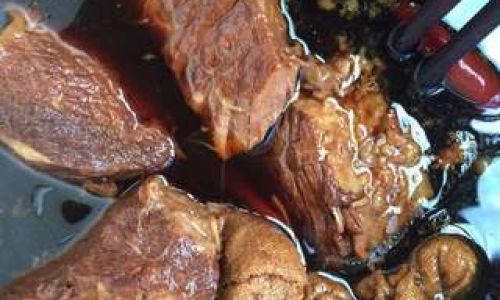
Step 1: Choosing the Right Beef
The first and crucial step in making beef jerky is selecting the right type of beef. Ideally, you should opt for a lean cut with minimal fat content, as fat can cause spoilage during the drying process. Popular choices include:
- Eye of Round: A lean muscle cut that’s perfect for jerky because it has a good balance of tenderness and flavor.
- Top Round: Similar to eye of round, it’s lean and has a nice texture when dried.
- Flank Steak: While slightly more marbled, flank steak can be trimmed of excess fat and works well for jerky due to its flavor.
Avoid cuts with high-fat content like brisket or chuck, as they can lead to rancid jerky. Once you’ve chosen your beef, trim off any visible fat and silver skin to ensure a clean, even drying process.
Step 2: Preparing the Beef for Slicing
Before slicing, it’s essential to partially freeze the beef. This makes it easier to cut into thin, uniform strips. Wrap the trimmed beef tightly in plastic wrap and place it in the freezer for about 2-4 hours, or until it’s firm but not completely frozen. The goal is to have the beef firm enough to slice cleanly but still soft enough to handle without breaking.
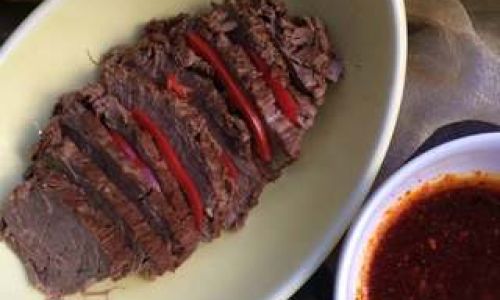
Step 3: Slicing the Beef
Once the beef is partially frozen, unwrap it and use a sharp knife to slice it into thin strips. The thickness of the strips can vary based on personal preference, but for traditional jerky, aim for strips that are about 1/8 to 1/4 inch thick. Thinner strips will dry faster and result in a chewier texture, while thicker strips will take longer to dry and have a more tender texture.
Try to slice the beef with the grain (parallel to the muscle fibers) for a more tender jerky, or against the grain for a firmer texture. Keep in mind that slicing against the grain can make the jerky more prone to shredding, so it’s a matter of personal taste.
Step 4: Making the Homemade Sauce
The sauce is what gives your beef jerky its unique flavor, so it’s worth taking some time to create a blend that suits your taste. Here’s a basic recipe you can customize:
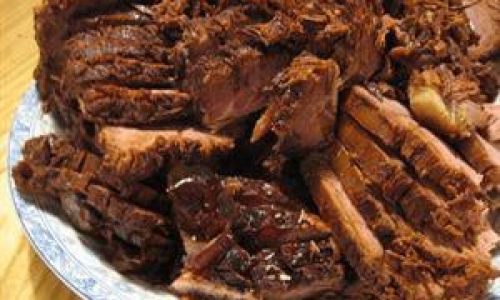
Ingredients:
- 1/2 cup soy sauce
- 1/4 cup Worcestershire sauce
- 1/4 cup apple cider vinegar
- 1/4 cup brown sugar (or honey for a sweeter touch)
- 2 cloves garlic, minced
- 1 tablespoon onion powder
- 1 tablespoon smoked paprika
- 1 teaspoon black pepper
- 1 teaspoon red pepper flakes (optional, for heat)
- 1 teaspoon liquid smoke (optional, for a smoky flavor)
Instructions:
- In a medium saucepan, combine all the ingredients and whisk until well mixed.
- Heat the mixture over medium heat, stirring occasionally, until the sugar is fully dissolved and the sauce begins to simmer.
- Reduce the heat to low and let the sauce simmer for about 5-10 minutes to allow the flavors to meld together.
- Remove from heat and let the sauce cool slightly before using.
Step 5: Marinating the Beef
Now that your sauce is ready, it’s time to marinate the beef strips. Place the sliced beef in a large bowl or a zip-top plastic bag. Pour the cooled sauce over the beef, ensuring all the strips are evenly coated. Seal the bag or cover the bowl and refrigerate for at least 4 hours, preferably overnight, to allow the flavors to penetrate the meat.
Step 6: Drying the Beef Jerky
There are several methods for drying beef jerky, including oven drying, dehydrator use, and smoking. Each method has its pros and cons, so choose the one that best suits your needs and equipment.
Oven Drying:
- Preheat your oven to its lowest setting, typically around 150°F (65°C). Some ovens go as low as 140°F (60°C), which is ideal.
- Line oven racks with wire racks or cooling racks to keep the jerky strips from sticking to the surface.
- Arrange the marinated beef strips on the racks, making sure they don’t touch each other to allow for even drying.
- Prop the oven door open slightly with a wooden spoon or a towel to allow moisture to escape.
- Dry the jerky in the oven for 3-6 hours, depending on the thickness and desired texture. Check every hour or so, flipping the strips halfway through for even drying.
Dehydrator Use:
- Set your dehydrator to its lowest setting, usually around 135°F (57°C).
- Arrange the marinated beef strips on the dehydrator trays, ensuring they don’t overlap.
- Dry the jerky for 4-8 hours, depending on thickness and desired doneness. Check every few hours and rotate the trays for even drying.
Smoking:
- Preheat your smoker to a low temperature, around 160-180°F (71-82°C).
- Use your preferred wood chips or pellets for flavor.
- Hang the marinated beef strips on smoker racks or use hooks.
- Smoke the jerky for 4-6 hours, or until it reaches your desired texture and flavor. Monitor closely and adjust the temperature as needed.
Step 7: Storing Your Beef Jerky
Once your jerky is fully dried, it’s important to store it properly to maintain its quality and flavor. Allow the jerky to cool completely at room temperature before packaging.

- Vacuum Sealing: The best way to store jerky is in vacuum-sealed bags, which remove oxygen and prevent spoilage.
- Airtight Containers: If you don’t have a vacuum sealer, store jerky in airtight containers lined with parchment paper or wax paper to absorb any remaining moisture.
- Refrigeration or Freezing: For long-term storage, keep the sealed jerky in the refrigerator for up to 3 months or in the freezer for up to 1 year.
Conclusion
Making beef jerky with a homemade sauce is a fun and rewarding culinary project that allows you to create a delicious, personalized snack. By carefully selecting the right beef, preparing it properly, crafting a flavorful sauce, and using the right drying method, you can enjoy a high-quality, homemade jerky that’s perfect for snacking, hiking, or sharing with friends. Experiment with different spices and flavors to find your perfect jerky recipe and enjoy the process of crafting your own delicious treats. Happy jerky-making!
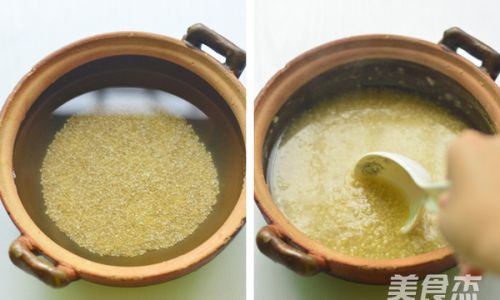
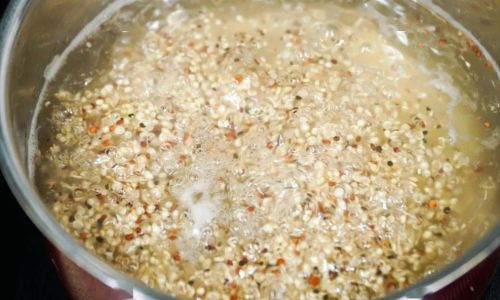
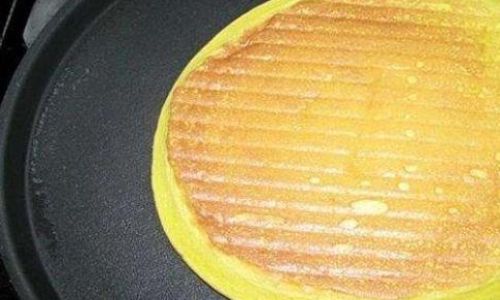
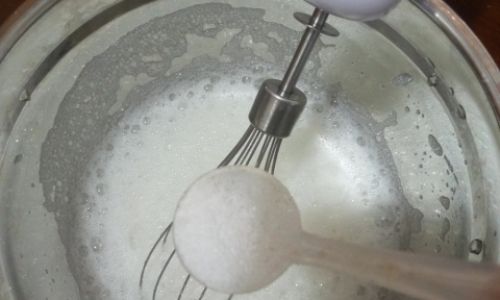
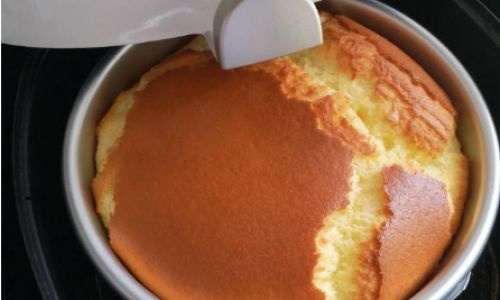
0 comments